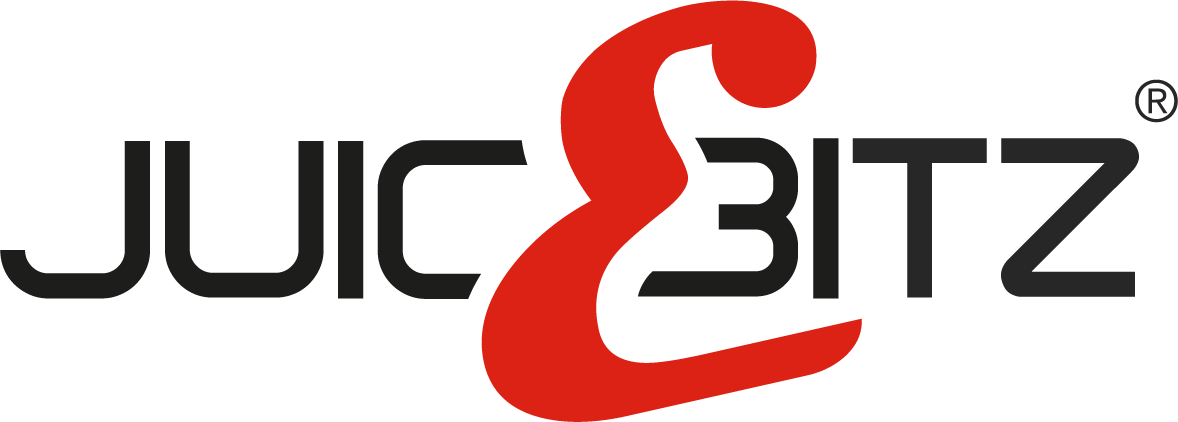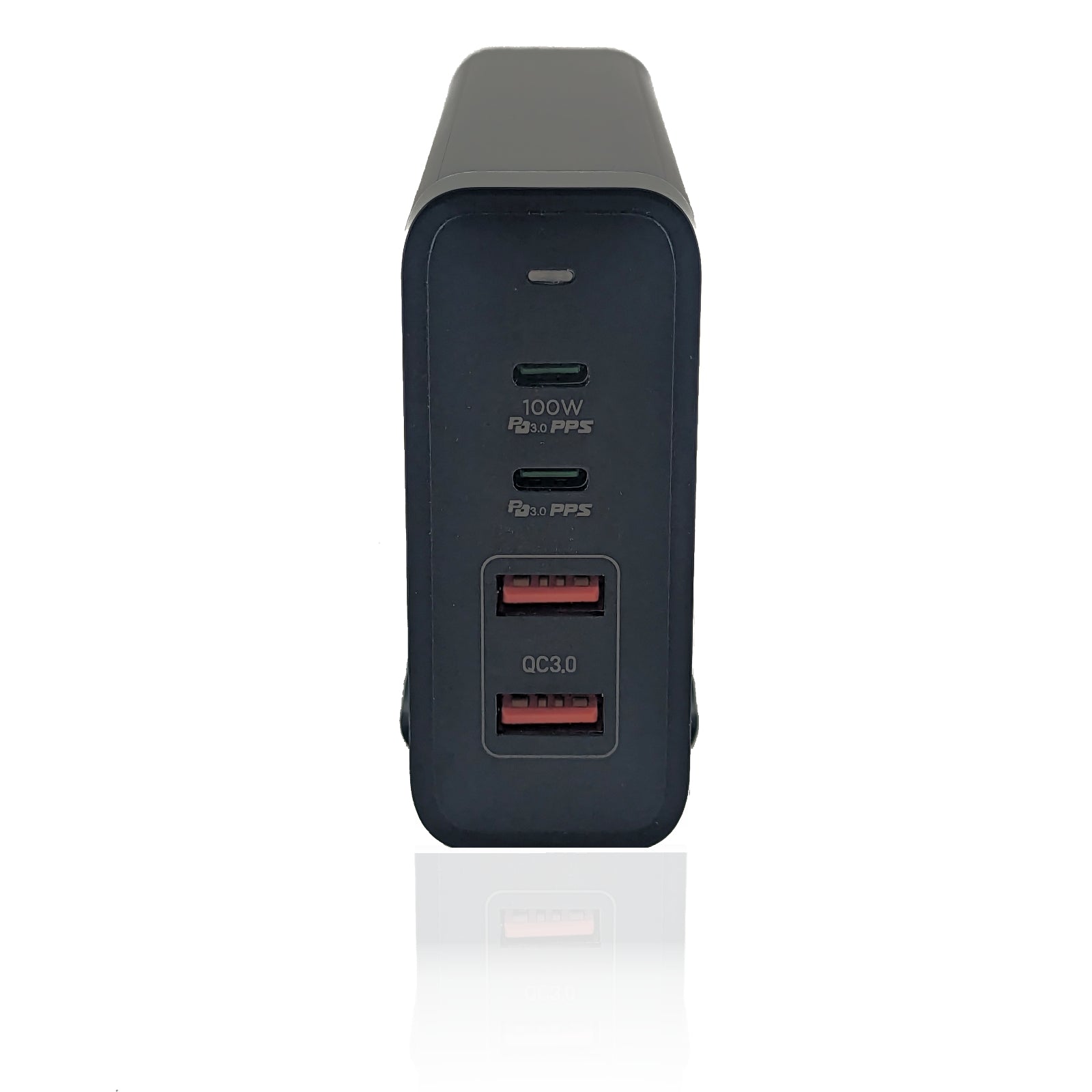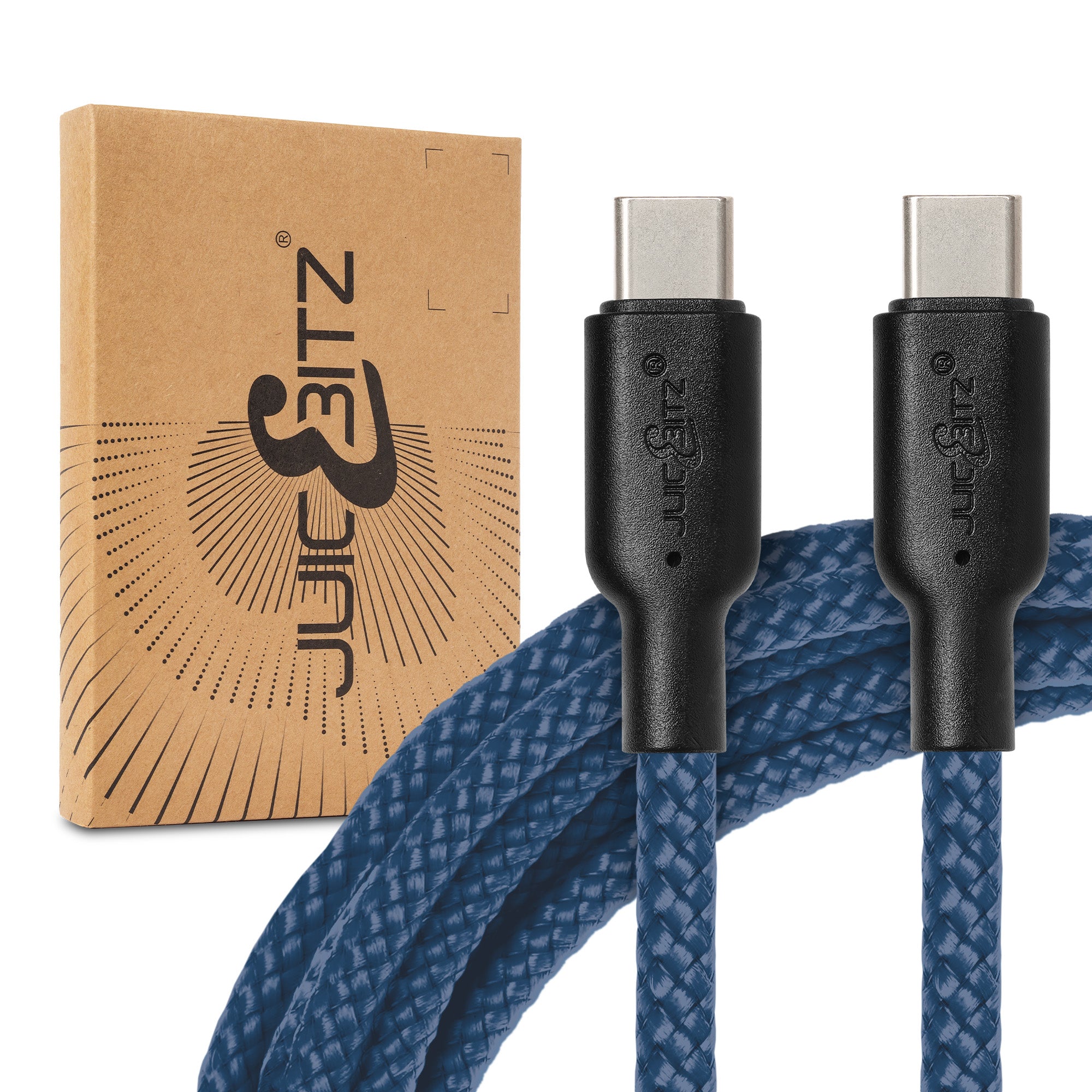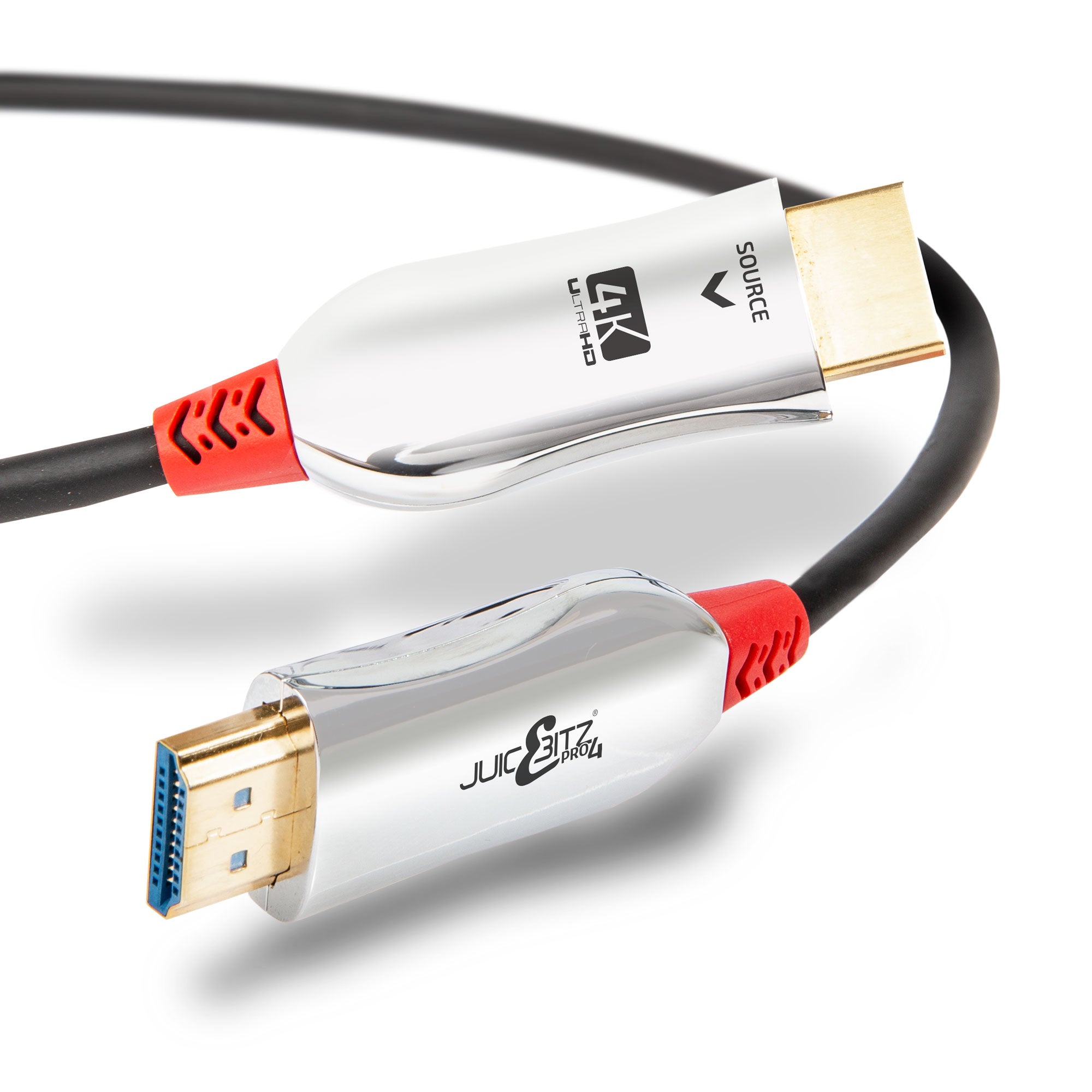Understanding AWG Ratings: and the Power Capabilities in Cables
Introduction:
When it comes to choosing the right cable for your electronic devices, understanding AWG (American Wire Gauge) ratings is essential. AWG ratings determine the thickness and power capacity of a cable, directly impacting its ability to transmit current efficiently. In this article, we will explore AWG ratings in detail, deciphering what they mean and how they relate to maximum current capacity. Additionally, we'll provide a comprehensive chart showcasing AWG ratings from 34AWG down to 20AWG, along with their respective maximum current capabilities.
Understanding AWG Ratings:
AWG ratings are a standardized system used to measure the thickness of electrical wires. The lower the AWG number, the thicker the wire and the higher its current-carrying capacity. Here's a breakdown of commonly used AWG ratings and their characteristics:
- 34AWG:
- The thinnest wire gauge commonly found in consumer electronics.
- Suitable for low-power applications such as data transfer in small devices and electronics, examples such as thin and short HDMI leads under 1080p.
- 32AWG:
- Slightly thicker than 34AWG but still ideal for low-power applications.
- Commonly used in micro USB cables and other small electronic connectors used in the same scenario above, mainly HDMI.
- 30AWG:
- Suitable for low-power applications and short cable lengths.
- Commonly found in USB cables for data transfer and charging, and some sound applications such as an auxiliary cable.
- 28AWG:
- A popular AWG rating for USB cables due to its balance between flexibility and power capacity.
- Suitable for most consumer electronics and peripherals at short lengths but mainly for data transfer only. Many cheap cables that are unsupportive of fast charging and under 2m in length are still produced, but not at JuicEBitz.
- 26AWG:
- A thicker wire gauge providing improved power delivery.
- Often used in longer USB cables or cables that require higher current transmission, certainly passable for most basic applications in Micro-USB and Mini-USB, but still not up to JuicEBitz standard.
- 24AWG:
- Suitable for high-power applications and longer cable lengths.
- Commonly found in what the industry may class as 'heavy-duty charging cables' and popular in high-end audio and video cables by major brands including JuicEBitz Premium HDMI Leads & PRO Audio Cables but still not used in any JuicEBitz USB Cables until...
- 22AWG:
Thick wire gauge providing excellent power delivery and low resistance, when topped with a layer of tin or silver plating, is good enough for any USB cable and provides stable, strong current at all times.
Ideal for applications requiring higher currents, and for power-hungry devices and those adopting fast charge capabilities. - 20AWG:
- One of the thickest wire gauges used in consumer electronics.
- Offers exceptional power delivery and is commonly used in heavy-duty applications and power cords.
AWG Ratings Chart:
Here's a chart summarizing AWG ratings from 34AWG down to 20AWG, along with their maximum current capacity:
|
AWG Rating |
Maximum Current Capacity |
|
34AWG |
Up to 0.25A |
|
32AWG |
Up to 0.5A |
|
30AWG |
Up to 0.5A |
|
28AWG |
Up to 0.9A |
|
26AWG |
Up to 1.2A |
|
24AWG |
Up to 2.1A |
|
22AWG |
Up to 3.0A |
|
20AWG |
Up to 5.0A |
Please note that the maximum current capacity mentioned in the chart is a general guideline and may vary depending on cable quality, length, and specific application requirements. It is always advisable to consult the cable manufacturer's specifications for accurate information. At JuicEBitz we rate our cables very modestly, for instance, a 3A cable will be rated that because it exceeds those levels above, not 'Up to' the stated performance level, as we account for multiple factors, including length of the cable due to Ohms Law, and for its intended application.
Conclusion:
Understanding AWG ratings empowers you to make informed decisions when selecting cables for your electronic devices. By knowing the relationship between AWG ratings and maximum current capacity, you can choose the appropriate cable for your power and data transmission needs. Whether you require a cable for low-power data transfer or high-power charging applications, AWG ratings provide valuable insights into a cable's capabilities. Remember to refer to the AWG ratings chart as a helpful reference when selecting cables, ensuring optimal performance and reliability for your devices.
At JuicEBitz, you won't have to think about this, but always know that we go 'above and beyond' the specifications, to ensure that the highest possible quality and performance cable is available for our customers.
This also helps towards reducing e-waste, as it can then be used for future upgrades and demanding applications, and not just suitable for the here and now.
Contact our friendly team who will be happy to discuss your purchase or intended application before purchase if you are unsure. Call us on 01723 332269 Opt.1 Sales or email us via our contact page.




